Learning to Hunt New Areas
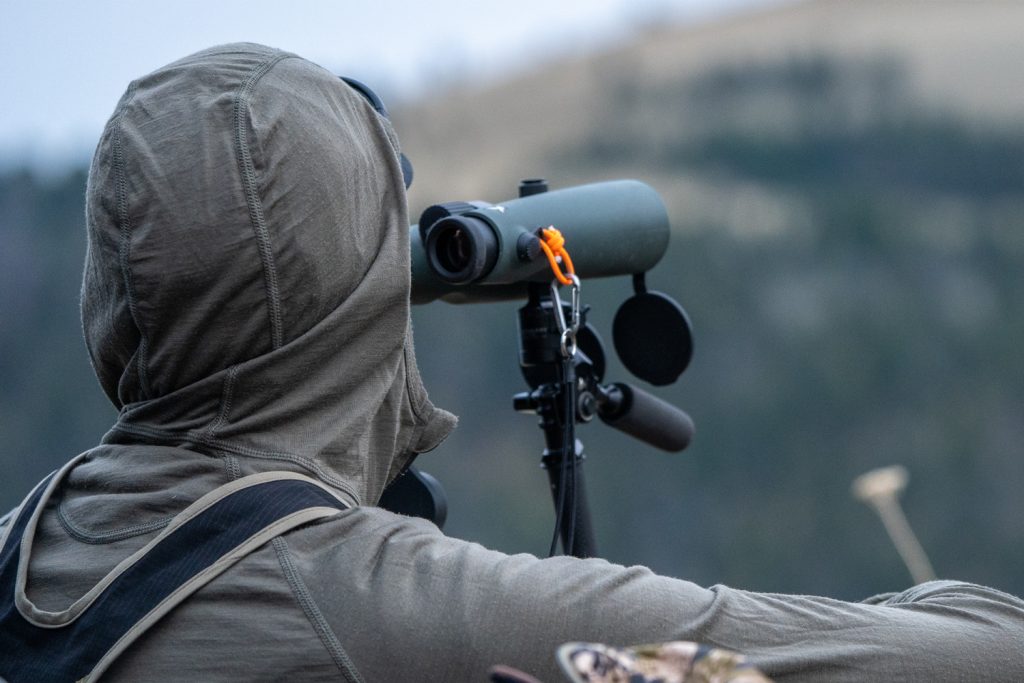
Hunting opportunities in the Western United States is more difficult to obtain now than ever before. Starting fresh in the current big game hunting scene is downright daunting. The demand for tags far exceeds the supply and opportunities to hunt old stomping grounds may not come around as often as we would like. I, like many, have come to realize that if you want to hunt every year, you need to adapt by expanding the aperture to look at hunting different units and states. Those willing to adapt will find a way, and believe it or not, spectacular over-the-counter opportunities are still out there.
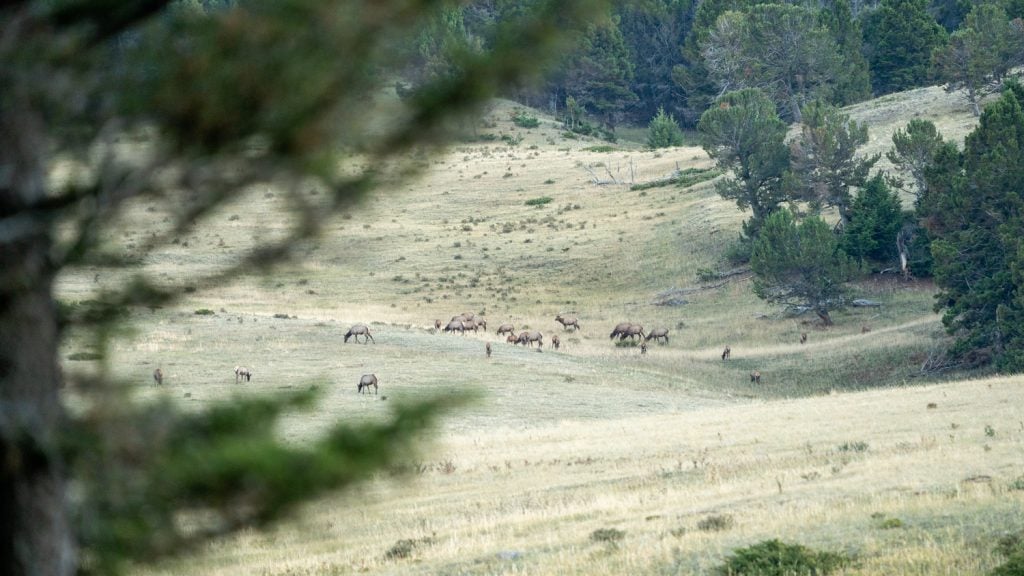
I realized early in my military career that learning to hunt new states was my new reality and I excitedly welcomed the prospects with open arms. While stationed throughout the Western States I generated opportunities to hunt in Washington, Idaho, New Mexico, Colorado, Texas, Utah, Montana, and the Crown Jewel - Alaska.
This is a list of key elements that I use to successfully plan hunts in new states and to narrow down large portions of land into practical hunting areas.
Plan for the future:
Hunting every year requires a plan. My long-term plan centers around states with Bonus and Preference Point systems. My short-term plan revolves around states that I can easily obtain over-the-counter tags, or realistically attainable tags with reasonable draw odds.

Understanding the three basic systems currently used to issue big game tags is vitally important. The three systems are Pure Lotteries, Bonus Points, and Preference Points. Bonus and Preference Point systems are designed to reward repeat customers by either increasing draw odds with each point earned or by issuing tags to applicants with the most accumulated points. Each state utilizing a point system is different, but the basic premise is that higher demand units require more points to draw. This brings about several problems for those wanting to hunt right now because tags that were once easily obtainable, now require increasingly more points for a successful result. If you have your heart set on hunting a specific area in a points state, you may need to invest in the draw system for a few years to build enough points for a successful application.

Pure Lottery systems, such as the systems used in New Mexico, Idaho, and Alaska provide all applicants with the exact same odds of drawing a tag within the corresponding Resident/Non-Resident applicant pools. You don’t need to be a statistical wizard to determine draw odds. A basic look at the state issued odds report from the previous year will give you the information you need to develop an application strategy.
Unit selection:
This is where I dedicate at least 80% of my effort. I begin my unit selection process with historical knowledge from time spent in nature or where I have personally encountered interesting animals. That said, I am always searching for new information and chasing leads for potential hunting areas. My network of family, friends, and colleagues are an excellent source of information. There are several instances where a colleague from work or a neighbor shared general information with me, and I turned up something unexpectedly special after putting in some work.

Of course, there is etiquette when sharing information. Don’t go into a conversation expecting to come away with a new honey hole. Go into the conversation offering research or information of your own that you can share with the person you are talking to. For example, a few years ago I was approached by an anonymous source from a hunting forum looking for an opportunity to hunt free ranging aoudad in West Texas. Naturally, I was apprehensive about sharing valuable information that took me years to accumulate, but instead of only asking for a favor from me, he offered to share his own time and a few of his favorite hunting areas for future opportunities in Montana. We ended up finding a trophy aoudad for him on that trip and he often reminds me of the debt that he intends to repay.
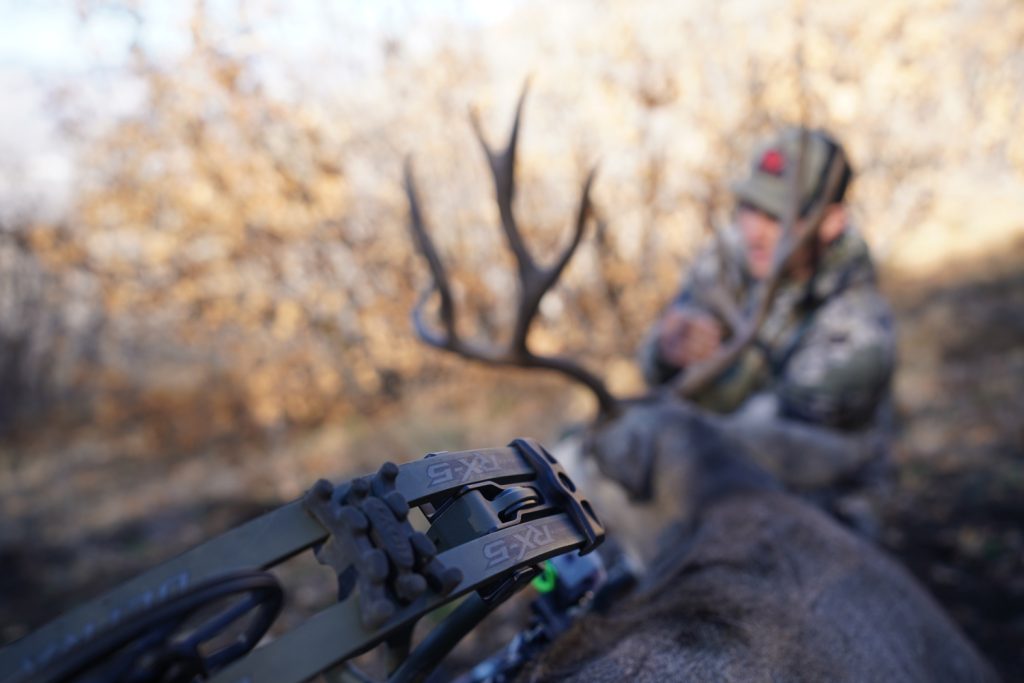
Additionally, trophy quality, points required, tag demand, and travel time all heavily influence my unit selection. Trophy quality and the number of points required to draw a tag determine where a unit falls into my long or short-term plan. In that same vein, I gauge demand for specific tags by evaluating draw odds reports from the previous year. Sometimes I blend short-term opportunities with my long-term plans. For instance, if after several years of building points, I am close to drawing a bull elk tag in an intriguing unit, I may look for opportunities to obtain an over-the-counter or an easy to draw tag for another species in the same area intending to scout for my true target before committing my points.
Also, I evaluate travel time. If I successfully carve out a weekend to conduct a pre-season trip to a new unit, I don’t want to spend valuable scouting hours driving in my vehicle.
Build a foundation of knowledge:
Once I know my target species and I have a fresh tag in my pocket, I dive into books to learn from experts about specific animal behaviors, preferred diet, water, and security requirements. State Wildlife Biologists are an excellent source of first-hand knowledge. I make multiple calls per year to biologists with simple questions about the most current buck to doe ratios, overall herd numbers, and food quality. I also leverage widely available mapping tools and apps to learn about unit boundaries, property lines, road access, trails, and terrain features to determine areas that will give me the best chance for success.
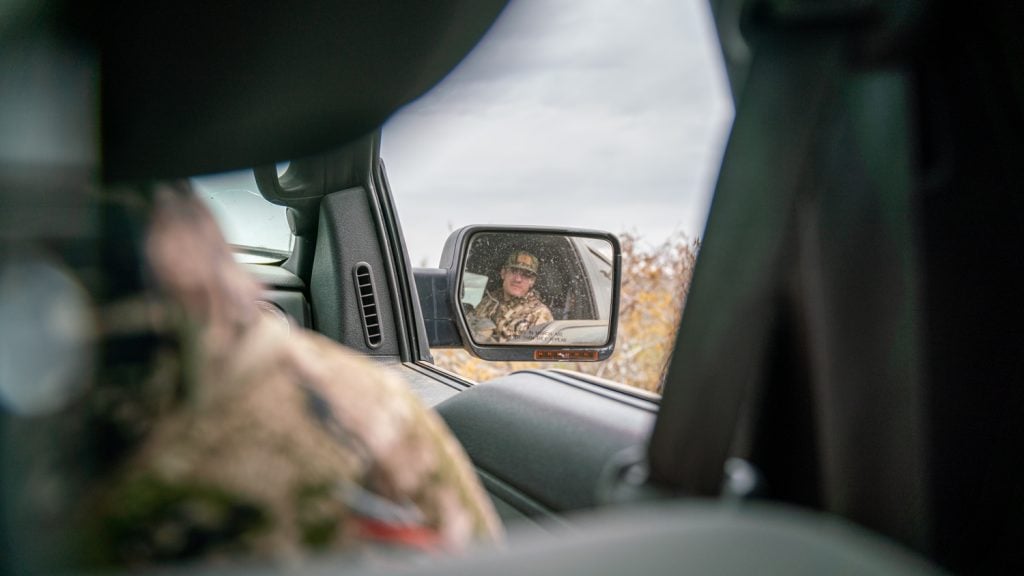
Define goals and set expectations:
I want to find an All Time Boone and Crockett animal every time I step into the woods with a rifle or bow on my back, but the reality is, not all units have that level of trophy quality. In fact, most units don’t. My expectations change based on several factors, mostly tag quality and meat requirements. If I am hunting a general season unit, my expectation ceiling is a lot lower than if I draw a tag in a premium unit.
Boots on the ground:
I always try to spend time in my hunting area prior to the hunt. If I can’t scout early in the year, I plan to arrive a few days before the opener. I always find significant differences between the way terrain and vegetation appear on a map vs. how the landscape unfolds while I am traversing finger ridges and canyons under a headlamp on opening morning.
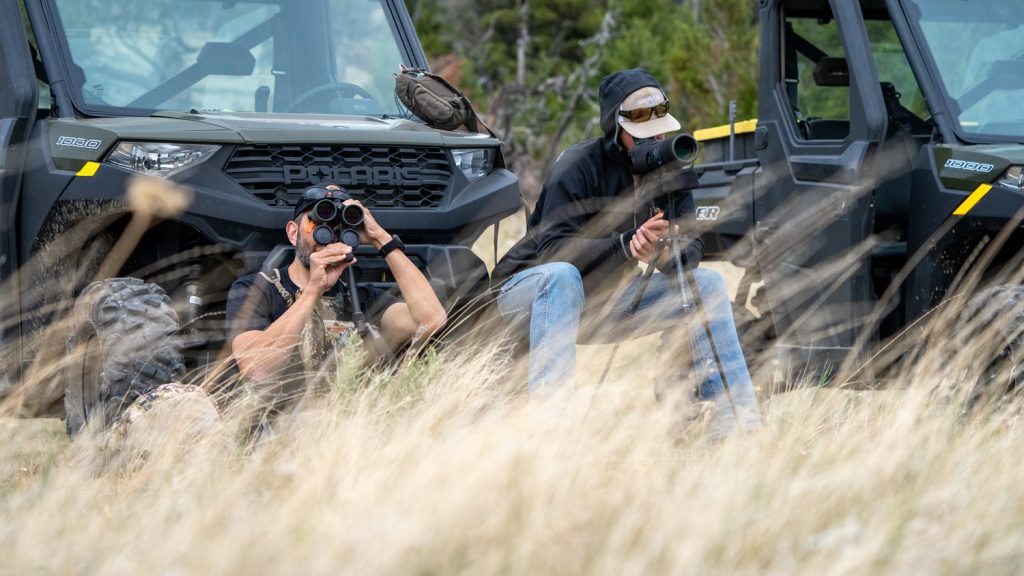
When I scout, I am not necessarily looking for animals. I’m looking for critical needs like food sources, water sources, and security areas. These items usually lead to fresh sign. I get excited when I find big tracks - especially fresh ones. Other critical information that I scout for is prevailing wind direction and access routes. The aggregation of these items allows me to plan the most executable approaches to improve my chances on opening day.
Parting Notes:
I often tell people that if you really desire to hunt successfully, it must be a priority and the entire process requires year-round effort. You will never win at a game you don’t play. In other words, you will never draw tags if you don’t apply. Opportunity is earned, and hard work is the most consistent way to produce successful results year after year.
